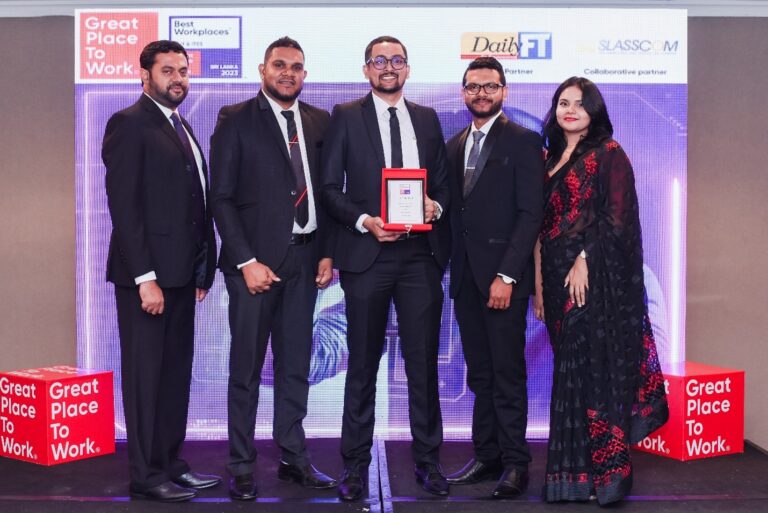I love this topic. It has made its way into my conversations when discussing career development, talent recruiting, interviewing, consulting, organizational design, and strategic tool implementation planning. Most of the people I have spoken to in years past have a story relating to their motivation for starting a career in IT. It often goes back to their first tech love: a TRS-80, an IBM, or something else that I won’t continue to list for fear of exposing my age.
These formative experiences got us interested in programming or hardware at a very young age. We had the opportunity to play Donkey Kong, Q¬bert, and Frogger. We recognized the difference in the application experience as our hardware technologies gradually opened up, and we could do more with what we had.
Fast forward a few years, and we continued to cultivate this love of technology. We entered college or tech school, and the first thing they told us was to “Pick.” You have choices, but you have to pick a direction. So this starts us on a path of refining what we understand deeply to a level of applying expert experience.
We continue down this path, and our career focuses on specific technologies owned by particular vendors. We try to provide for our families, and our commercial edge in the marketplace comes from operating efficiently and effectively. This combination further drives the decision to understand those specific technologies more deeply.
This is absolutely a necessity. But while your team is diving into these deep levels of understanding—architecting and building solutions for your business—who is stepping back, looking at the landscape, and steering the ship? Typically, Oh Captain My Captain! We need our CTOs and CIOs. We need our Directors and VPs. We need our captains to manage and align our expertise to the overall objectives and vision of the business.
I’m laying this up because here’s the hook, line, and sinker: A very talented part is only valuable if it understands its relationship and performance to the other parts.
When you plan your monitoring and management strategies for your tooling across your IT team, who is applying a deep level of understanding to that exercise? This is the framework and tooling your teams live by. It connects your ITSM tools, to your observability tools, to your automation and management tools—all the things.
I’ll leave you with this—think about what you need to be invested in your talent pool day-to-day. Continuing to drive that deep understanding to a level where you can partner with vendors who carry the torch the remainder of the way is the best opportunity to scale performance and achieve ROI from staffing, excellent support for your customers, and high levels of morale within your team.
Now, if only the vendor appointed to your ITOM strategy could work with your other vendors and inside team members—enter Loop1—give us a call, we’d be happy to discuss this with you.









